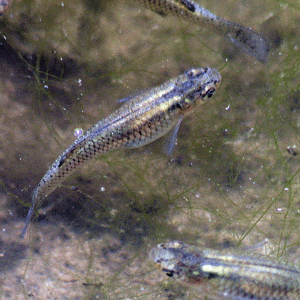Can fish count?
By Siobhan Pipa, on 27 January 2014
Can fish count?
In the first Lunch Hour Lecture of 2014, Professor Brian Butterworth (UCL Institute of Cognitive Neuroscience) asked the rather unusual question: Can fish count?
The peculiarity is not lost on Professor Butterworth, whose introduction includes slides on ‘Why you might think it’s a silly question’: Part 1 and Part 2. But there’s nothing fishy about this topic.
 There are numerous reasons why this could be considered a bit of an unusual subject for a lecture. It’s a common held belief that only humans can process abstract concepts, which numbers essentially are.
There are numerous reasons why this could be considered a bit of an unusual subject for a lecture. It’s a common held belief that only humans can process abstract concepts, which numbers essentially are.
Then, there’s the idea that counting is intrinsically linked to language; to be able to possess the concept of ‘four’, ‘five’, ‘six’ there needs to be a counting vocabulary. As Noam Chomsky said: “The human number faculty [is] essentially an ‘abstraction’ from human language.”
What do we mean by counting?
If, like Chomsky, we consider it the recitation of counting words, then any group without such words cannot count. If, however, we define it as the ability to exactly enumerate the numbers in a set; through either identification or discrimination, counting words are no longer essential.
 Close
Close



